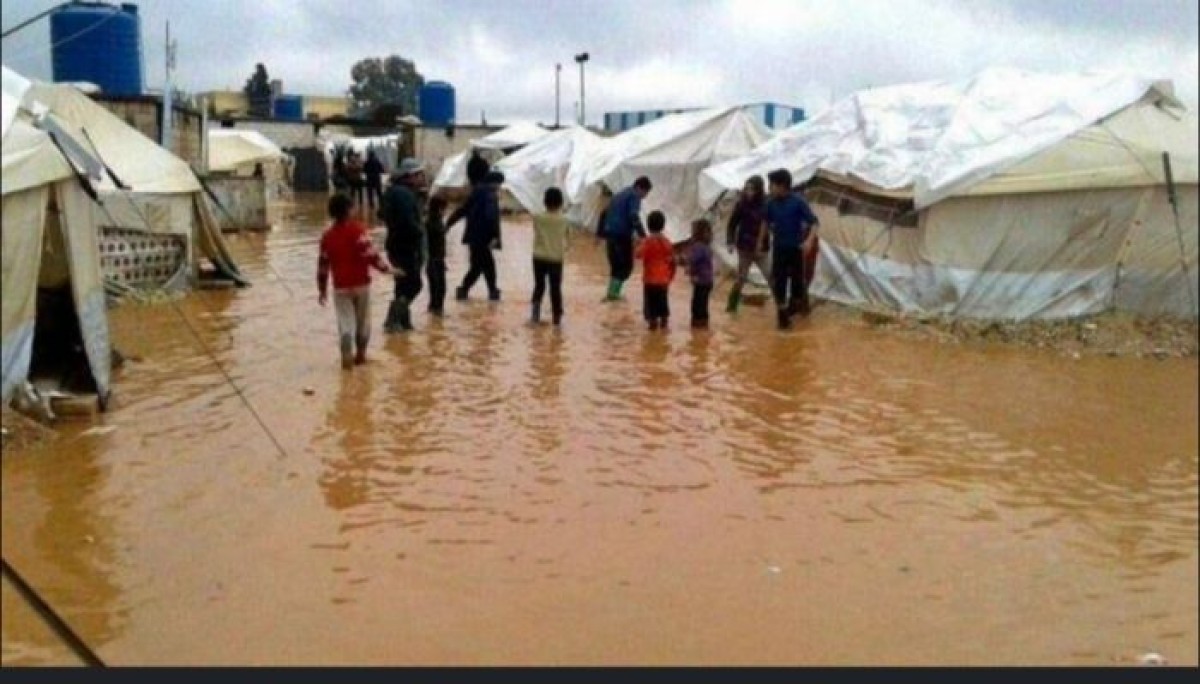International Report: Climate disasters caused a displacement of half a million people in Yemen


A recent international report revealed that Yemen recorded the highest internal displacement rate due to natural disasters in the Middle East and North Africa during the year 2024, when climate change, on top of which floods, caused the displacement of about 492 thousand people inside the country.
The IDMC Center, affiliated with the Norwegian Council of Refugees, indicated in its global report for 2025, that this number is the highest in the history of Yemen, and the twice the number of displacement cases recorded in 2023.
He added that most of these cases have been associated with the rainy season, similar to the past years.
According to the report, the provinces of Hodeidah, Hajjah and Marib were the most affected, as disasters forced some of the population, who were previously displaced by the conflict, to displace the displacement. The floods and strong winds have also exacerbated the humanitarian situation in more than 70 displacement sites in Marib, destroying shelters and infrastructure for basic services.
In Hodeidah, landmines and unexploded ammunition contributed to increasing the number of victims, and impeded the efforts to deliver aid to the affected.
According to the report, Yemen alone constituted more than 80% of the total disaster displacement cases in the region, which amounted to 599 thousand cases during the past year.
Despite the decline in displacement caused by the stopping fronts of the fighting compared to previous years, the report indicated that the country has witnessed more than 36,000 displacement cases due to local clashes, most of them in Al Hudaydah Governorate, since the end of the international truce in 2022.
The report pointed out that the number of displaced people inside Yemen reached 4.8 million at the end of 2024, 80% of them are women and children, and they are still facing difficulties in securing food and basic services.
Many of them were forced to resort to negative means of adaptation, including housing in deteriorating shelters, reducing meals, or taking children out of schools, or resorting to child labor and early marriage.
globally, the report recorded an unprecedented increase in the number of displaced people to 83.4 million by the end of 2024, an increase of 7.5 million over 2023.